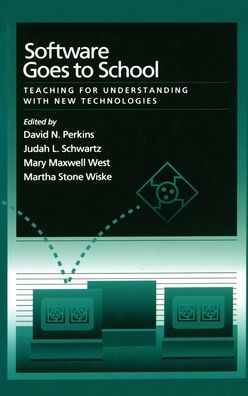5
1
9780195089387



Software Goes to School: Teaching for Understanding with New Technology / Edition 1 available in Hardcover, Paperback

Software Goes to School: Teaching for Understanding with New Technology / Edition 1
- ISBN-10:
- 0195089383
- ISBN-13:
- 9780195089387
- Pub. Date:
- 01/12/1995
- Publisher:
- Oxford University Press
- ISBN-10:
- 0195089383
- ISBN-13:
- 9780195089387
- Pub. Date:
- 01/12/1995
- Publisher:
- Oxford University Press

Software Goes to School: Teaching for Understanding with New Technology / Edition 1
$105.0
Current price is , Original price is $105.0. You
105.0
In Stock

Product Details
| ISBN-13: | 9780195089387 |
|---|---|
| Publisher: | Oxford University Press |
| Publication date: | 01/12/1995 |
| Pages: | 304 |
| Product dimensions: | 6.26(w) x 9.52(h) x 1.03(d) |
About the Author
From the B&N Reads Blog
